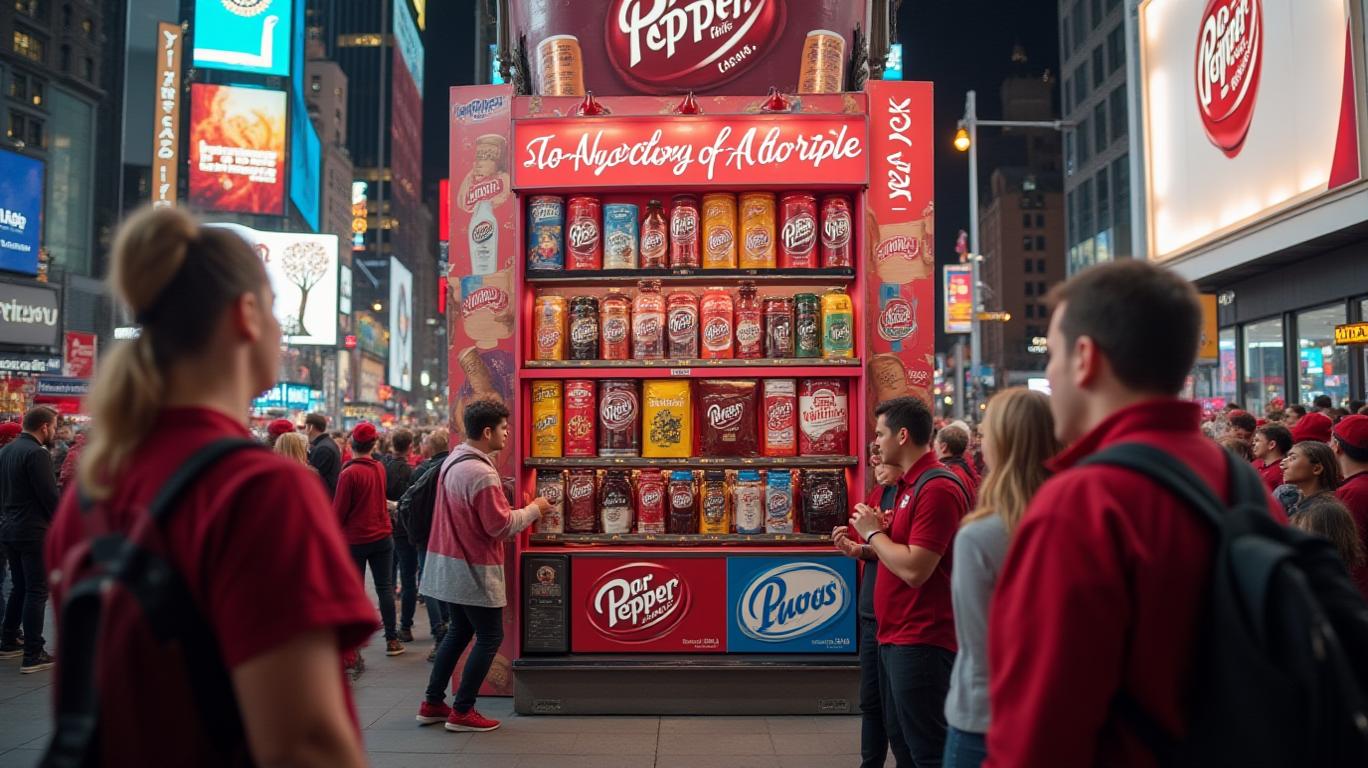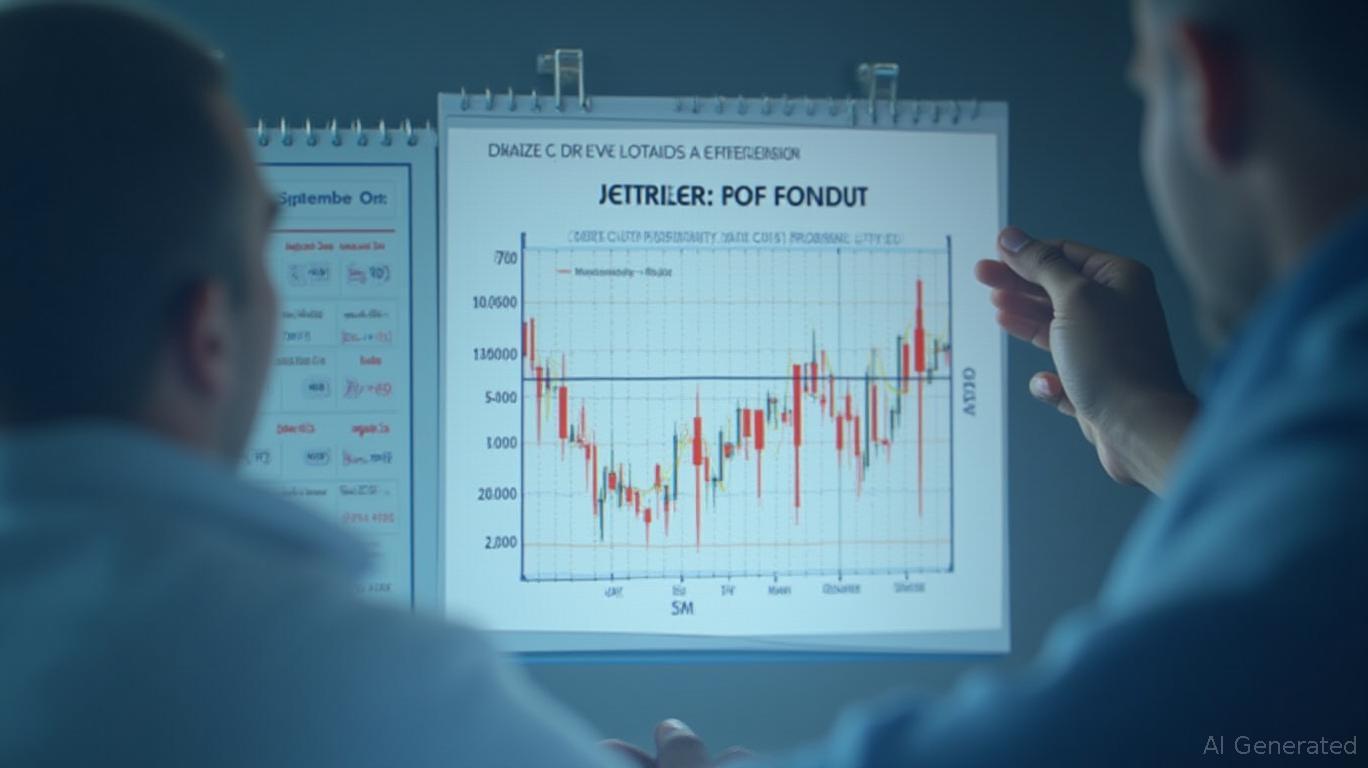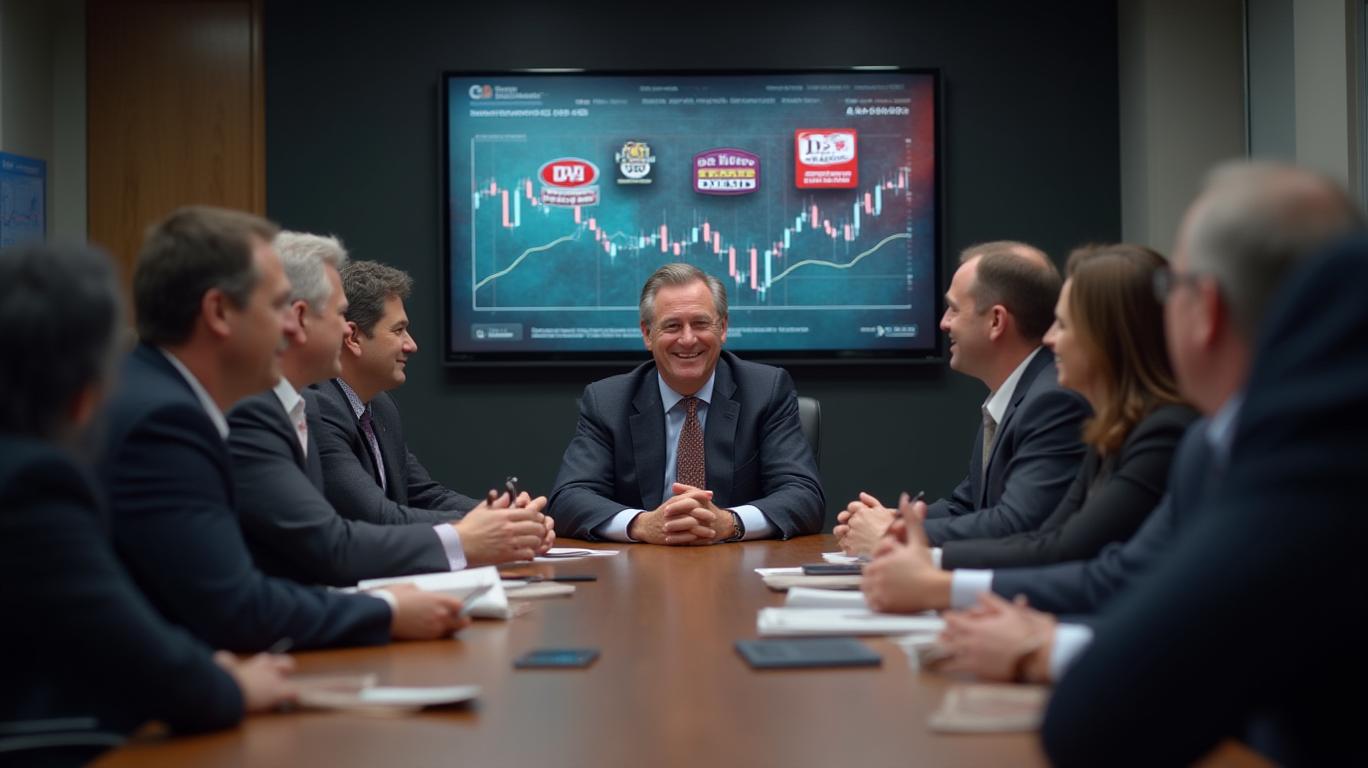Keurig Dr Pepper’s $2.5 Billion JAB Exit: A Strategic Shift or a Signal of Doubt?
Keurig Dr Pepper (NASDAQ: KDP) has announced the pricing of a secondary offering of 75 million shares of its common stock, sold by JAB Holding Company, the beverage giant’s largest shareholder. The deal, priced at $33.45 per share, will generate approximately $2.5 billion in proceeds for JAB while reducing its ownership stake in KDP from 9.9% to 4.4%. The move marks a significant strategic pivot for JAB, which has long been a key driver of KDP’s growth since its 2016 acquisition of Keurig Green Mountain. But what does this mean for investors? Let’s break it down.

The Offering: A Capital Rebalancing Play
The secondary offering is purely a share sale by JAB, not an issuance of new shares by KDP. This means existing shareholders’ stakes are unaffected, and the company itself gains no proceeds. Instead, JAB is monetizing part of its investment to rebalance its portfolio, a common move for private equity firms seeking to capitalize on mature assets.
The $33.45 per-share price is a discount to KDP’s $34.04 closing price on May 1, but the dip was modest given the scale of the offering. A
Market Reaction: Bulls and Bears Weigh In
While the immediate reaction was muted, analysts are split on the implications:
Bullish Take:
- HSBC upgraded KDP to a “Buy” rating, raising its price target to $42 (a 12% upside from the offering price). Analysts highlighted KDP’s diversified portfolio—spanning carbonated beverages, coffee, and energy drinks—and its $3.64 billion in Q1 2025 net sales, which beat estimates by $80 million.
- The 60-day lock-up and JAB’s retained 4.4% stake signal no loss of confidence. JAB CEO Joachim Creus called the investment “one of the most successful” in its history, reinforcing long-term faith.
Bearish Concerns:
- KDP’s coffee segment saw a 12.5% drop in operating income due to green coffee inflation, and a 3.7% sales decline in its U.S. Coffee division. While offset by gains in carbonated beverages and energy drinks (e.g., the GHOST brand acquisition), these challenges remain a risk.
- A 1% foreign exchange headwind for 2025 complicates international operations, though KDP reaffirmed mid-single-digit sales growth and high-single-digit EPS growth targets.
Strategic Implications: Governance and Independence
The offering is more than a capital move—it’s a governance shift. Three JAB-affiliated directors will step down from KDP’s board post-sale, replacing them with independent members. This aligns KDP with public market norms, reducing private equity influence and potentially attracting more institutional investors.
For KDP, the move widens ownership dispersion, boosting liquidity and reducing overhang fears. With a $46.3 billion market cap and a 2.66% dividend yield, the company remains a stable, cash-generative play even amid sector-specific headwinds.
Risks and Challenges Ahead
- Coffee Margin Pressures: Green coffee prices are volatile, and KDP’s ability to offset costs via pricing or operational efficiency will test its resilience.
- Market Competition: Competitors like Coca-Cola and PepsiCo are aggressively expanding in energy drinks and premium beverages, KDP’s growth areas.
- FX and Inflation: While manageable, these macro risks could compress margins further.
Conclusion: A Strategic Win, But the Beverage War Continues
The JAB secondary offering is best viewed as a win-win: JAB crystallizes gains from a decade-long investment, while KDP gains operational independence and a more stable shareholder base. The HSBC “Buy” rating and KDP’s reaffirmed guidance suggest the company is well-positioned to navigate challenges, leveraging its $15.5 billion revenue base and 125+ brands (including Dr Pepper, Snapple, and Keurig).
Investors should monitor two key metrics:
1. Coffee segment recovery: A rebound in operating income would alleviate concerns about margin pressures.
2. Share repurchase activity: KDP’s $2.5 billion offering doesn’t dilute shareholders, but its own buybacks (if any) could provide further support.
In short, while the JAB exit removes a potential overhang, KDP’s success hinges on executing its growth strategy in a crowded beverage market. For now, the stock’s $34 price tag looks undervalued relative to its long-term potential—if it can deliver on its targets.
This comparison would likely show KDP’s 10.5% Q1 EPS growth outpacing peers, reinforcing its competitive edge.
Final Take: The JAB exit is a strategic move, not a retreat. With KDP’s diversified portfolio and analyst support, this could be a buying opportunity—but watch the coffee margins.


_183e5bc31749756677125.jpeg)







